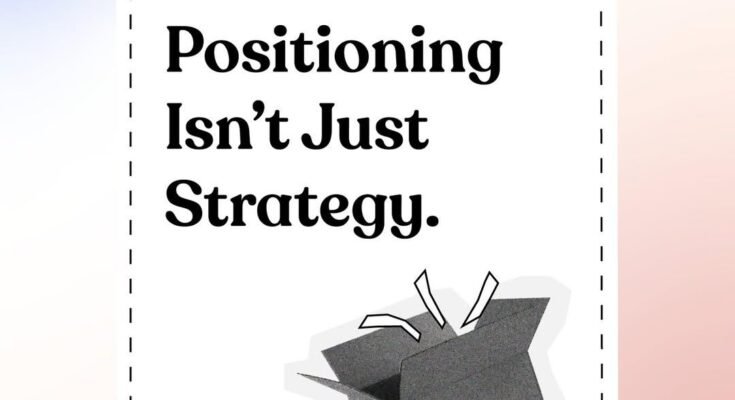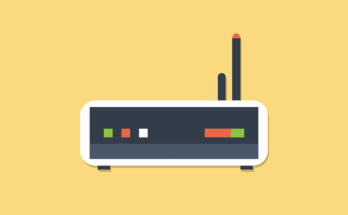Think of your brand as a house party. The music’s on, lights are low, everyone’s vibing; until someone trips over the Wi-Fi router, spills beer on the host’s laptop and livestreams it to 2,000 people.
That, dear reader, is what a brand crisis looks like in 2025. Fast. Viral. And very, very public.
This is why smart brands don’t just hire PR teams for coverage; they build defence strategies. They don’t wait for things to blow up. They prep for the fire, wire the exits and stock the food supplies.
Welcome to Crisis-Ready Branding, where Public Relations meets Preventive Healthcare for your brand. Let’s break it down!
PR Today Is Not Just About Good Press. It’s Reputation Insurance.
The average consumer doesn’t scroll past your homepage. They Google you. What shows up in those first few results? That’s your digital reputation.
Now imagine the top result is a headline like:
“[Your Brand] Sparks Outrage After Tone-Deaf Campaign”
Congrats. Your SEO just gave people a reason not to trust you.
This is where modern PR and social media strategy steps in. Not to “spin” the story; but to shape the story before it starts.
Cancel Culture Isn’t Just A Buzzword. It’s A Business Risk.
We’re in the age of screenshots, subtweets and savage callouts.
One poorly worded tagline. One influencer’s political views. One ad that forgets context.
Boom. You’re viral for all the wrong reasons.
69% of brand leaders have dealt with a PR crisis in the last 5 years. The rest? Just haven’t gone viral yet.
So, What Does Crisis-Ready Branding Look Like?
Let’s get tactical!
1. Prevention is Better Than Apologies
Modern PR isn’t about reacting. It’s about monitoring, forecasting and avoiding landmines before your ad even drops.
Think of it as emotional SEO; you don’t just optimise for traffic. You optimise for trust.
Smart brands do this by:
- Using AI tools to monitor negative sentiment early
- Stress-testing campaigns for backlash triggers
- Having actual humans vet celebrity/influencer associations
Because nothing says “oops” like trending for all the wrong reasons on a Thursday afternoon.
2. Build Values You Can Actually Use
Every brand says they have values. But in a crisis, those values get cross-examined like a courtroom witness.
Crisis-ready brands use values as:
- A decision-making framework
- A consistency tool across channels
- A way to say “we meant this” when the internet says “we hate this”
Patagonia? Can take a political stand and still win loyalty.
Nike? Made Kaepernick their face and gained a movement.
The key? Their values weren’t marketing slogans. They were brand muscles.
3. Be Fast, Be Human, Be Everywhere
If you’re in hot soup, silence is a statement.
Crisis-ready PR teams:
- Respond in hours, not days
- Speak like humans, not disclaimers
- Use platform-native content (A Instagram problem needs an Instagram answer)
Real-World Example: When Puma Slipped — And Still Stole the Show
Let’s talk about a real tumble; both literal and metaphorical.
During a high-stakes football match, Chelsea’s Marc Cucurella slipped not once, but twice on the pitch. The culprit? His Puma boots.
What did he do?
Swapped them mid-game.
Then? Posted the boots in the trash on Instagram. Publicly. For everyone to see. If this were your brand, you’d be sweating through three layers of crisis protocol.
But Puma? Puma pulled a move worthy of a standing ovation.
They didn’t go silent. They didn’t do damage control. They went full self-aware savage.
Within days, Puma released a cheeky campaign featuring Cucurella himself next to a “wet floor” sign. His afro was redesigned as a playful Puma logo.
The tagline? “It’s not how you slip; it’s how you bounce back.” Talk about PR jujutsu!
Why it worked:
- They leaned into the mistake instead of hiding it
- Used humour instead of PR jargon
- Reclaimed the narrative before Twitter did
- Made the brand look bold, human and fast on its feet (ironic, right?)
Instead of questioning Puma’s quality, fans applauded the boldness.
In a cancel-prone world, that’s branding brilliance!
4. Your Social Media Is Either a Fire Extinguisher or the Matchstick
Social media is both your battlefield and your armour.
You don’t build credibility when you’re being cancelled. You build it in the months before, by:
- Being consistent in tone
- Having face, not façade (people want to hear from people)
- Listening more than posting
- PR and social are no longer separate lanes. They’re a joint task force against chaos.
Case Study Time: The Sydney Sweeney x American Eagle Meltdown
Tagline: “Sydney Sweeney Has Great Genes Jeans”
Outrage Reason: Accusations of racial undertones
American Eagle saying, “It was just about the jeans!”
Too late. The internet had decided.
What we learned:
- Intent doesn’t matter. Perception does.
- Celebrity collabs amplify both fame and fire
- Rapid PR response is good, but clarity and context matter before launch
PR in 2025 Is the Engineering of Public Emotion
It’s not fluff. It’s strategy. It’s not just features. It’s feelings.
Here’s what PR and Social Media do together:
- Create proactive visibility (earned > paid)
- Shape consistent narratives across platforms
- Humanise the brand before things get inhuman
Closing Thoughts: Brand Immunity Is the New Brand Equity
You can’t control the internet. But you can control your readiness.
So, choose:
- Public relations services that aren’t afraid of real talk
- PR & social media agency that know memes and media equally well
- Strategies that plan not just for sunshine… but for sudden storms
Because in 2025, it’s not a matter of if your brand will face heat, it’s whether you’ll come out looking like smoking hot grilled chicken…or burnt toast. And the difference? A damn good PR team!




